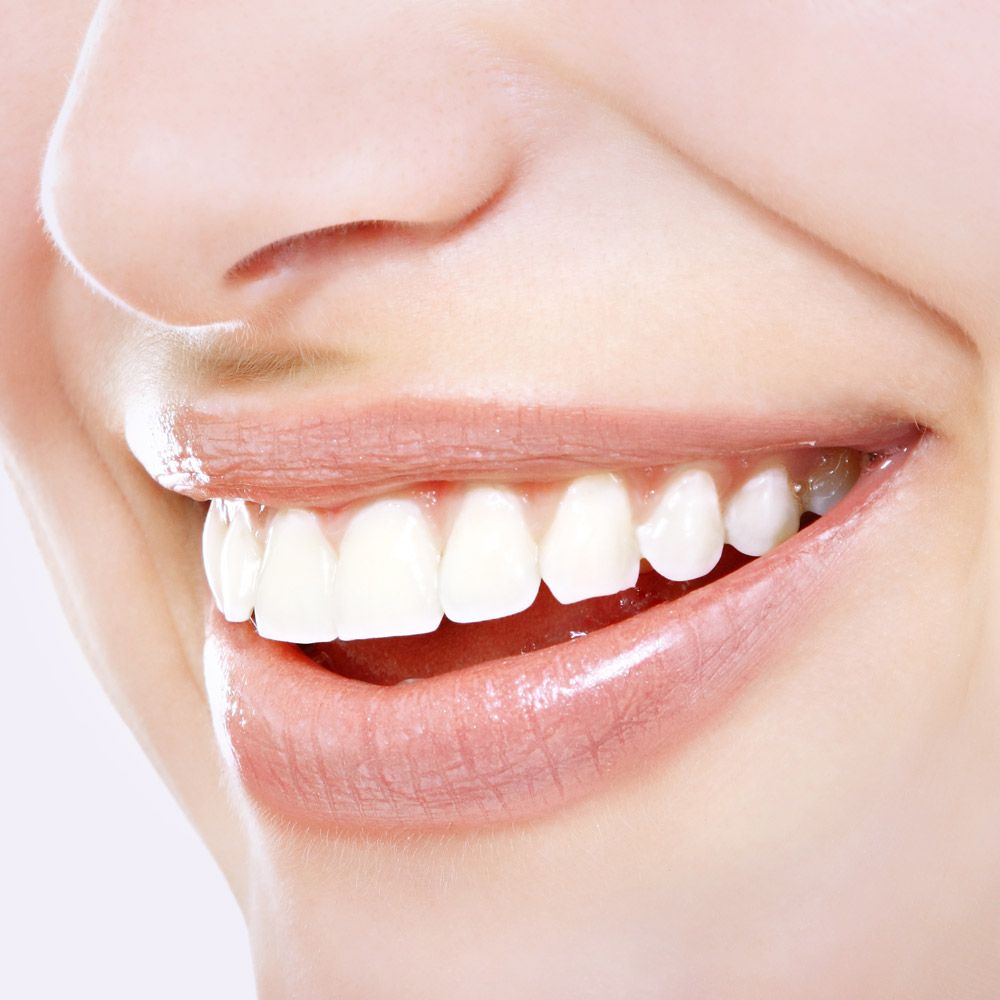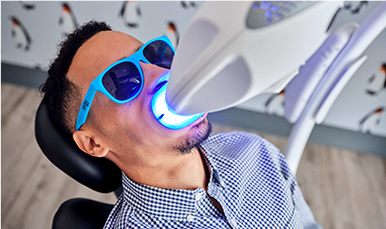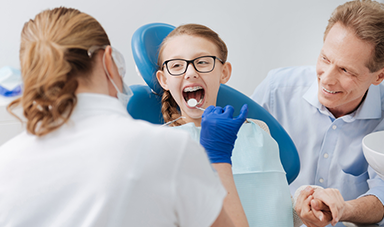The Science Behind Professional Teeth Whitening Procedures: Illuminating Smiles with Precision

Introduction:
A radiant, white smile has been a symbol of health and beauty throughout history, transcending cultures and generations. In the quest for the perfect smile, professional teeth whitening procedures have become increasingly popular. These procedures, offered by dental professionals, utilize advanced techniques and materials to achieve results beyond what over-the-counter products can deliver. In this article, we delve into the science behind professional teeth whitening procedures, exploring the mechanisms, ingredients, and safety considerations that contribute to their effectiveness.
Understanding Tooth Discoloration:
Before delving into the science of professional teeth whitening, it's essential to understand the factors that contribute to tooth discoloration. Teeth can become discolored due to various reasons, including:
-
Extrinsic Stains: These are surface stains caused by the accumulation of pigmented molecules from food, beverages, and tobacco. Extrinsic stains are usually responsive to external whitening agents.
-
Intrinsic Stains: These stains occur within the tooth structure and can be caused by aging, trauma, medications, or excessive fluoride exposure. Intrinsic stains often require more advanced whitening techniques.
Professional Teeth Whitening Techniques:
Professional Teeth Whitening Timonium typically involves two main techniques: in-office whitening and take-home whitening kits. Both methods share a common goal – to break down and remove stains, revealing a brighter, whiter smile. Let's explore the science behind each approach.
-
In-Office Whitening:
In-office whitening is a procedure performed by dental professionals in a controlled environment. The primary whitening agent used in these procedures is hydrogen peroxide or carbamide peroxide. These compounds work by breaking down into oxygen molecules, which then penetrate the tooth enamel and dentin to oxidize and remove stains.
The procedure typically involves applying a high-concentration whitening gel directly to the teeth, often activated by a special light or laser. The light or laser helps accelerate the breakdown of the peroxide, enhancing the whitening process. The science behind this lies in the ability of activated oxygen molecules to break the chemical bonds of staining compounds, rendering them colorless.
-
Take-Home Whitening Kits:
Take-home whitening kits prescribed by dentists are another effective option. These kits usually consist of custom-fitted trays and a lower concentration whitening gel, often containing carbamide peroxide. While the concentration is lower than what is used in-office, the extended treatment time compensates for this difference.
The science behind take-home kits is similar to in-office procedures, with the gradual release of oxygen molecules breaking down stains. The custom-fitted trays ensure even application of the whitening gel and help minimize contact with the gums, reducing the risk of sensitivity.
Key Whitening Agents:
The success of professional teeth whitening relies heavily on the choice and concentration of whitening agents. Two main agents are commonly used:
-
Hydrogen Peroxide:
- Hydrogen peroxide is a powerful oxidizing agent that releases oxygen molecules to break down stains.
- The concentration of hydrogen peroxide in professional whitening gels can range from 15% to 40%, depending on the method and duration of application.
-
Carbamide Peroxide:
- Carbamide peroxide, a compound derived from hydrogen peroxide, is a more stable option for take-home kits.
- It breaks down into hydrogen peroxide and urea, prolonging the release of oxygen and minimizing sensitivity.
Safety Considerations:
While professional teeth whitening procedures are generally safe, considerations must be made to minimize potential side effects. Common side effects include tooth sensitivity and gum irritation. The science behind these considerations involves understanding the delicate balance between efficacy and safety:
-
Tooth Sensitivity:
- Tooth sensitivity is often a result of the peroxide penetrating the enamel and irritating the nerve tissue.
- The use of desensitizing agents, adjusting the whitening concentration, or customizing treatment plans helps manage sensitivity.
-
Gum Irritation:
- The precise application of whitening agents is crucial to prevent contact with the gums, which can lead to irritation.
- Custom-fitted trays in take-home kits and protective barriers during in-office procedures are designed to minimize contact with sensitive tissues.
Conclusion:
Professional Teeth Whitening Timonium procedures represent the pinnacle of modern cosmetic dentistry, combining science and artistry to enhance smiles. The science behind these procedures involves a deep understanding of tooth structure, staining mechanisms, and the chemistry of whitening agents. As technology advances, we can expect even more precise and effective whitening techniques, ensuring that individuals can achieve the dazzling smiles they desire with confidence and safety. Always consult with a dental professional to determine the most suitable whitening approach for your individual needs and ensure a healthy, radiant smile that lasts.





